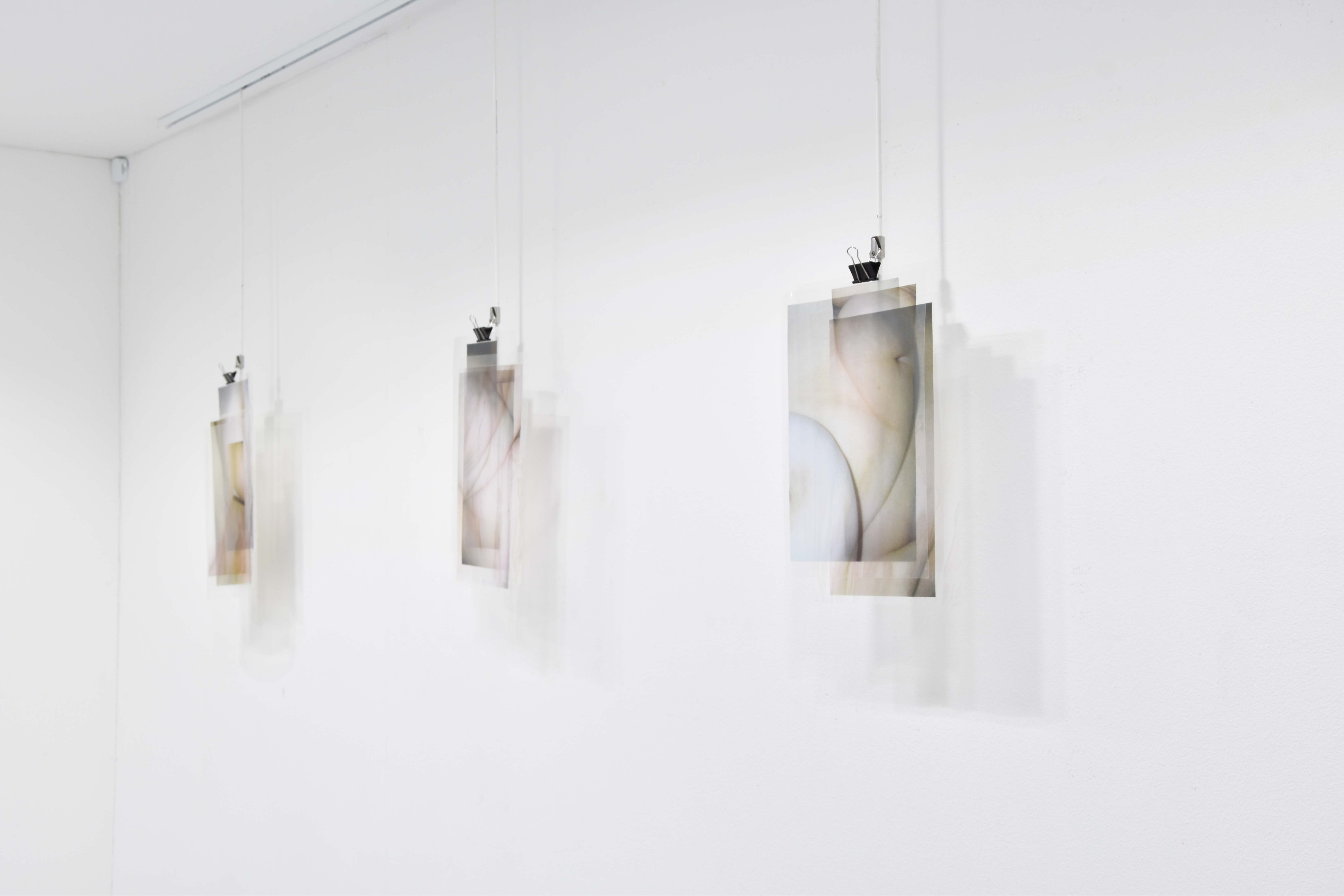Tied to Light Exhibition, BUMF Gallery, February 2020













Exhibition Abstract
Photography can be distilled down to three fundamental elements: light, light-sensitivity and time. Even in the expanded field of photography, in which the status of the photograph itself becomes increasingly unclear, what can be seen as uniting the photographic is the presence (and absence) of light. The very word ‘photography’ itself stems from the Latin meaning ‘drawing with light’. This intrinsic link to light is tied to the medium’s specific indexicality, that is its direct relationship between the photographic material and its referent (even if the referent is light or the medium itself). The works shown in this exhibition despite taking different approaches and depicting different subjects, share an interest in notions of representation, abstraction, materiality and are ultimately tied to light.
Anna Luk (@lukphotography_)
These are works in progress, part of an ongoing project titled The Thing Itself. The ‘photographic sculptures’ are an exploration of photographic materiality and the capacity of the medium to refer to not just an external subject but also the physical actions exerted on it. Despite the increased recognition of its ‘expansion’, photography is typically defined solely by its two-dimensionality and ability for indexical representation of reality. Its material qualities and capacity to render visible the signs of its own making are often overlooked. Pursuing the qualities typically deemed to be tied to other mediums like painting and sculpture, The Thing Itself raises the question; what is a photograph?
Lucy Kane (lucykane.art)
In this body of work I play with the idea of the self-portrait, specifically the nude female body. Performing the roles of the photographers and the subject, I experiment with the possibilities of the camera apparatus and the enlarger to create non-figurative images. This gives me autonomy over the representation of my body while it also questions the fundamental premises of the medium. Does photography’s indexicality allow it to ever truly be abstract, or will it always remain a mirror of reality?
Photography can be distilled down to three fundamental elements: light, light-sensitivity and time. Even in the expanded field of photography, in which the status of the photograph itself becomes increasingly unclear, what can be seen as uniting the photographic is the presence (and absence) of light. The very word ‘photography’ itself stems from the Latin meaning ‘drawing with light’. This intrinsic link to light is tied to the medium’s specific indexicality, that is its direct relationship between the photographic material and its referent (even if the referent is light or the medium itself). The works shown in this exhibition despite taking different approaches and depicting different subjects, share an interest in notions of representation, abstraction, materiality and are ultimately tied to light.
Anna Luk (@lukphotography_)
These are works in progress, part of an ongoing project titled The Thing Itself. The ‘photographic sculptures’ are an exploration of photographic materiality and the capacity of the medium to refer to not just an external subject but also the physical actions exerted on it. Despite the increased recognition of its ‘expansion’, photography is typically defined solely by its two-dimensionality and ability for indexical representation of reality. Its material qualities and capacity to render visible the signs of its own making are often overlooked. Pursuing the qualities typically deemed to be tied to other mediums like painting and sculpture, The Thing Itself raises the question; what is a photograph?
Lucy Kane (lucykane.art)
In this body of work I play with the idea of the self-portrait, specifically the nude female body. Performing the roles of the photographers and the subject, I experiment with the possibilities of the camera apparatus and the enlarger to create non-figurative images. This gives me autonomy over the representation of my body while it also questions the fundamental premises of the medium. Does photography’s indexicality allow it to ever truly be abstract, or will it always remain a mirror of reality?
